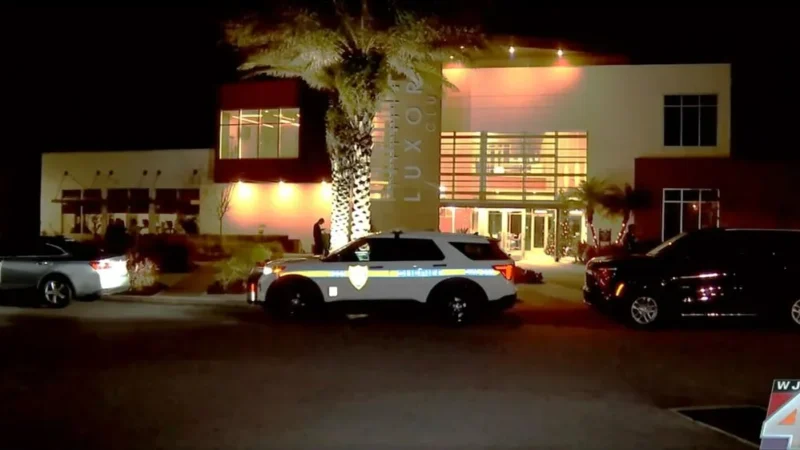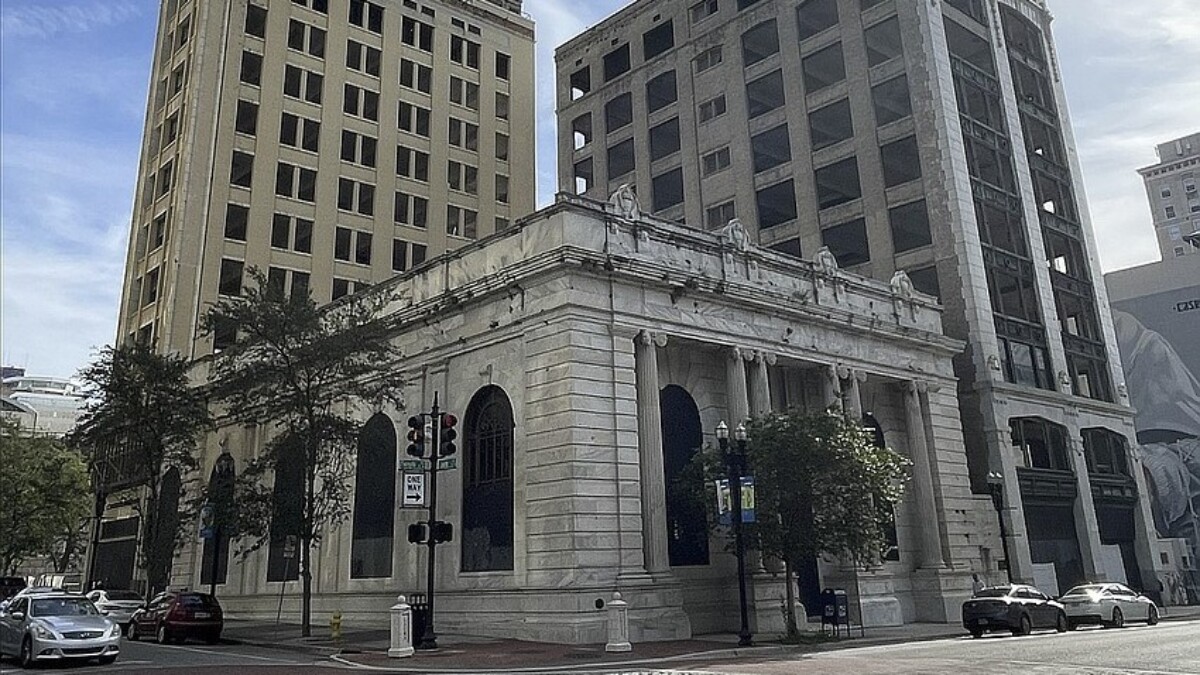Redeveloping the former Landing site is overly complicated, defies common sense, is too costly, and is taking too long. And it’s not a park!
That’s basically the sum of public sentiment shared by “community stakeholders” during an April 10 facilitated meeting on Downtown projects. Presentations by Downtown Investment Authority and the Parks Department — which for some wild and crazy reason both have jurisdiction over different parts of this small 7-plus-acre publicly owned pot of gold — were met with questions, suggestions and civilized resistance.
Phased construction
We learned again that redevelopment of public property roughly the size of Riverside’s Memorial Park will unfold in two phases — Phase I comprising property from the Andrew Jackson statue to the Performing Arts Center, Phase II from Jackson to the Main Street Bridge—each with different beginning and end dates, making what could have been a grand opening of a “one park for all Jacksonville” impossible.
Instead, the site will continue life as a construction zone for a minimum of three additional years. If the stars align, the creeks don’t rise, and we’re lucky.
Phase I, folks learned, is cast in stone with completed and permitted construction drawings — no help from stakeholders necessary.
Phase II is a hot mess.
Jackson to Main: Phase II
From its inception, Plaza Eastside — like this entire riverfront property development — was and remains complicated.
Originally, a mid-rise seven-story building grew, like Jack’s beanstalk, into a 44-story high-rise residential building, subsequently undone by unforgiving interest rates. Seven stories or 44, this residential building together with a beer garden, “civic stairs,” an “iconic” sculpture, and a pedestrian ramp to the Main Street Bridge are to occupy the former Landing site’s roughly 3-acre eastern half.
An electrical duct and a sewer line are complicating these plans. Lying underneath Jackson to Main Straing, these two dream-busters have raised their little heads and said, “Not so fast.”
Which raises the question: are these twins a new discovery? And if so, why was their location not known beforehand, especially since we planned to build a 44-story tower over them? Do additional complications lurk underneath this soil?
Regardless, stakeholders learned that duct and line must be removed if any construction is to occur, and that that removal will take a good year.
Folks. That’s ANY construction. Doesn’t matter what we plan to build between Jackson and Main, duct and line must be removed first, and doing so will take a year, plus additional public money.
In response to stakeholder questions about these latest complications, DIA’s CEO answered by outlining additional complicated decisions the DIA must make over the next three months: To either develop a 7- to-14-story tower with construction beginning in 2026 (two years hence), necessitating a request for proposals within four month OR delay development indefinitely OR do nothing.
Do nothing
Stakeholders suggested not building the mid- to-high-rise while proceeding with the pedestrian ramp and beer garden. In essence, remove the complications and get on with it.
Answer: If duct and line are not removed, nothing — meaning no buildings — can be built. So no beer garden. Not exactly sure why that is, but maybe that’s not a bad thing. Maybe this is an opportunity.
Maybe an electrical duct and a sewer line, having thrown a wrench in our best-laid plans to construct a mid-to-high-rise building stakeholders don’t want built on public property, are granting us an opportunity to re-think, to change our minds, to simplify.
Common sense, as stakeholders tried to point out, would dictate that we skip complexity and develop a park, recognizable as a PARK — trees, native vegetation and green space. As one said, “We’re trying to stuff 15 pounds in a five-pound bag.” Too much is happening in too small a space. After all, construction from Jackson to the Performing Arts Center has begun, and includes a cafe, a children’s playground and a water’s edge restaurant.
These stakeholders are not looney tune antagonists. They’re licensed architects and landscape architects, master gardeners, students of civic space and park conservancies and saviors of historic neighborhoods. They know about what they speak.
Bottom line
Stakeholder recommendations to not build were met with an interesting defense: DIA is not really in charge of this “let’s build a mid-to-high-rise building” on the northeast corner. City Council is.
The public’s elected representatives, stakeholders learned, determined through an ordinance it adopted some time ago that the site is primarily a commercial zone, forever.
Stakeholders, it seems, are trying to influence an entity that is simply following ordinance orders.
Dizzying
The array of options and timing challenges are dizzying for sure, and the final defense absurd. Nothing good comes from overly complicated things. Too many moving parts, too many potential snafus.
If we haven’t learned one of life’s great lessons — simplicity bests complexity any day — we no doubt never will. And if DIA is simply following City council orders, maybe folks ought to let their electeds know what engaged citizens — Downtown stakeholders — think of complexity and delay.
This column appears in partnership with the JaxLookout.






